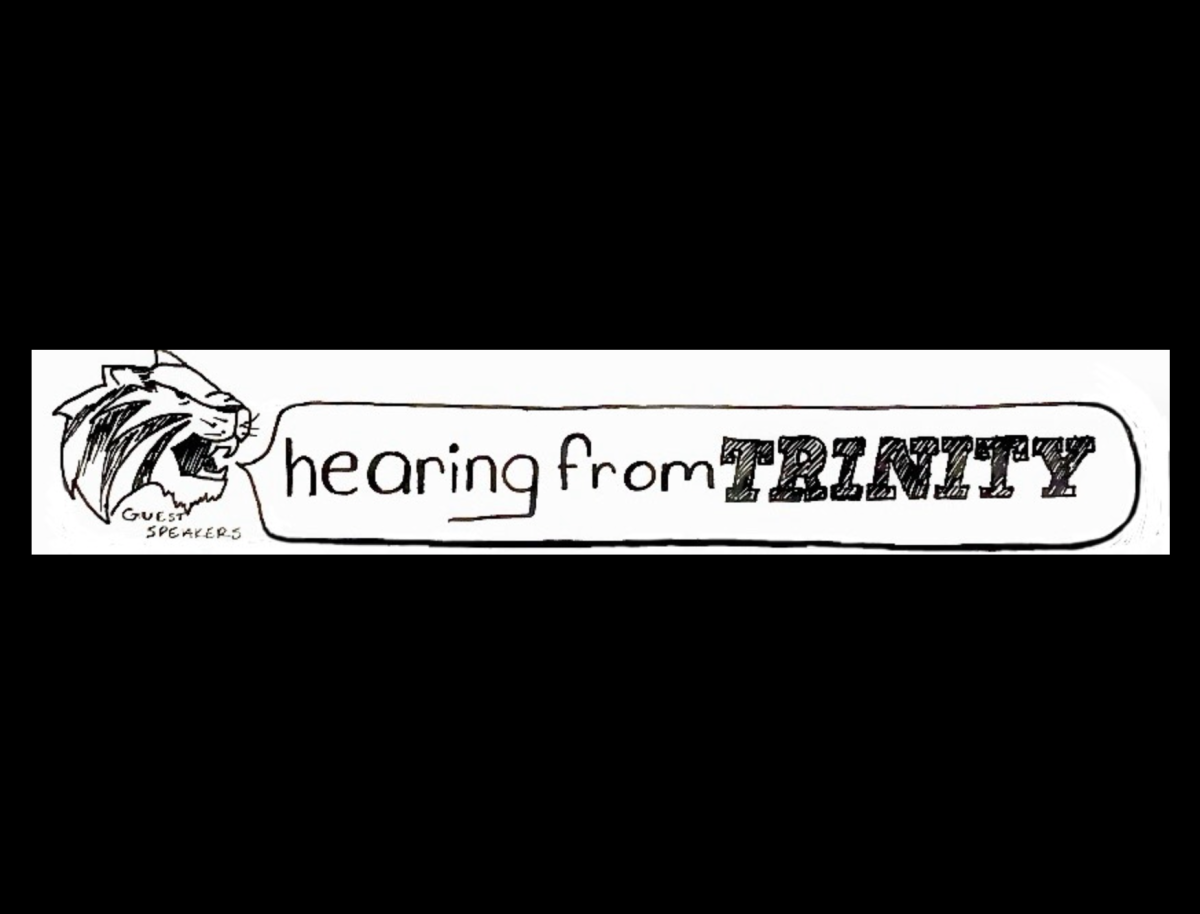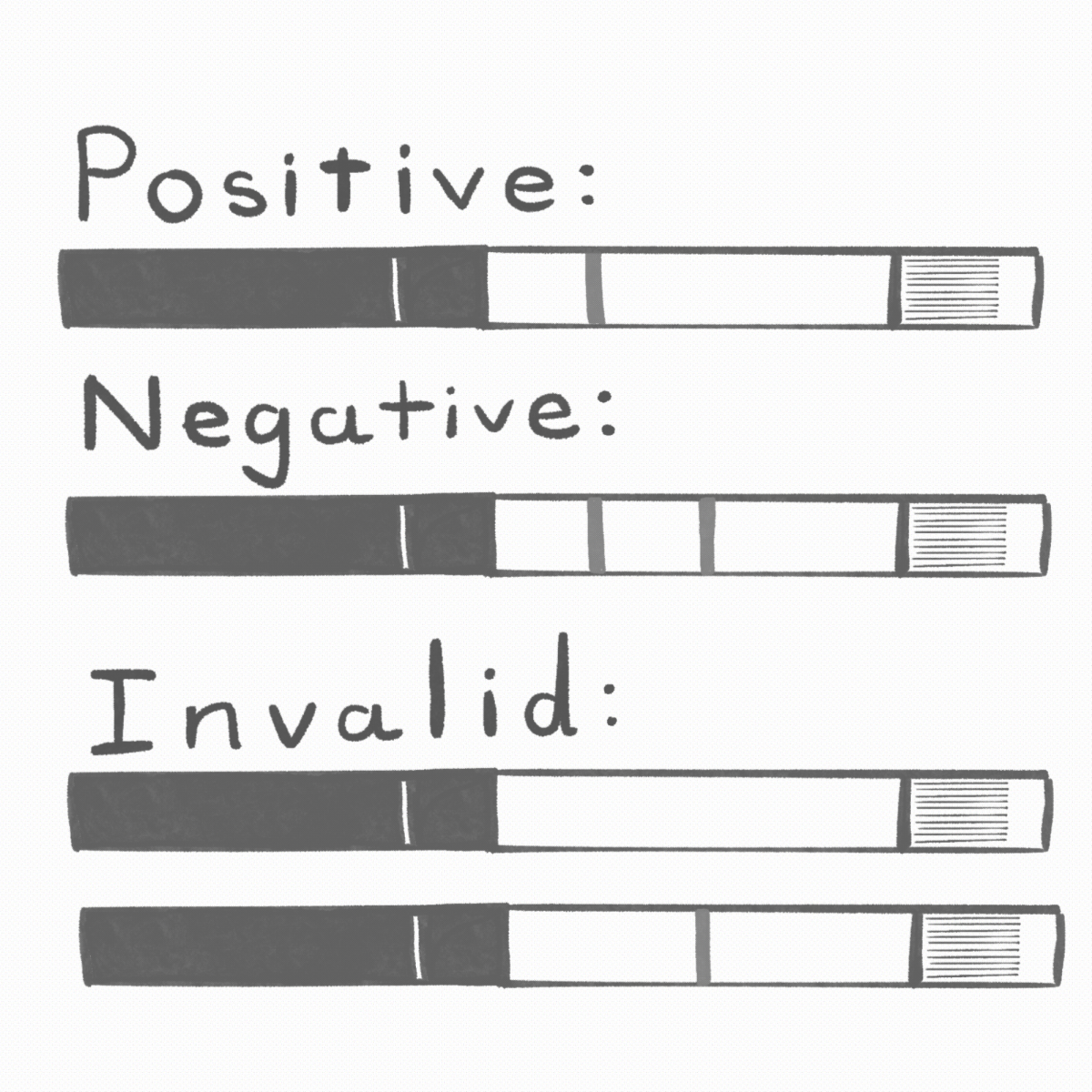The musical spectrum is evolving. I base this observation on the widely used service of Spotify. In middle school, the only way I could listen to my favorite hits was to log on to Yahoo! Music through my first email account, which will remain unnamed. There I would find a queue of music videos and audio files. Pandora became the next step. However, it was sadly regulated by an allotted number of skips and playlists filled with pre-selected songs. Eventually, YouTube became a more flexible platform for song choices, but I had to halt whatever I was doing to type and click back and forth between songs.
iTunes became an engaging, expensive antidote for a high schooler’s budget. Back in the dinosaur days, song samples were just 30 seconds long “” only blind faith led me to buy songs that I couldn’t hear the bridge of. My shuffle was chock-full of soft pop like Maroon 5 and Ke$ha.
Then, college lured me to Spotify. Everyone spoke of its wonder, but I was suspicious. What is this magical music source that offers free music of any song fathomable? Previews can be surpassed by a membership, the price alleviated by a discount offered to students?
I had an account my first year of college and it’s kept me above water these three years.
Spotify was formative in maintaining friendships. By downloading it to a computer and allowing the account to be viewed publicly, friends and foes can follow your music selections. Many of my tunes have been lifted from second or third parties. Sneaking peeks at what friends are listening to is also great fun. It gives me an insight on how their days are going and an opportunity to make false assumptions about their daily habits.
You can tell a lot about a person from the title of a playlist. There’s no other indicator of charm other than a properly titled playlist. For example, does it include punctuation? Capitalized and uncapitalized letters? The use of the words “˜study’, “˜party’ or just an emoji? There is no other indicator of charm other than a properly titled playlist.
Recently, Spotify has announced that advertisements through the freemium channel will be more tailored to the listener. Spotify monitors its users by song choice, playlist selection and creation. This data is assessed and then sent to advertisers. The term for this is “targeted advertising,” and it’s possible because advertisers pay companies to send them this data.
This change will hopefully curtail those annoying, irrelevant advertisements and supplement them for something more to your liking. The downside, of course, is that this advancement means companies are getting closer to the consumer. Like a good friend making a suggestion for a playlist, advertisers are gently guiding your choices along. The modern mix tape isn’t personally curated anymore, and thus susceptible to a listener’s ear.
Despite the excitement of prying into people’s musical lives, I do miss the privacy and the thought of streaming music without corporate insight. With streaming music sites, a modern mix tape guided by the industry’s choice in song is less personal. It’s less special or organic-seeming to listen to music shared with you by an algorithm based on your listening habits rather than a caring, thoughtful friend.
I long for the days when I could plop in a Sharpie-colored CD and hear a motley of tunes curated by a well-wishing friend. Those songs would feel like a holy soundtrack to our fateful destination, chosen with great care and knowledge of the current music scene.
Somewhere, someone has Awesome Mix Vol. 2 just waiting to be listened to.






